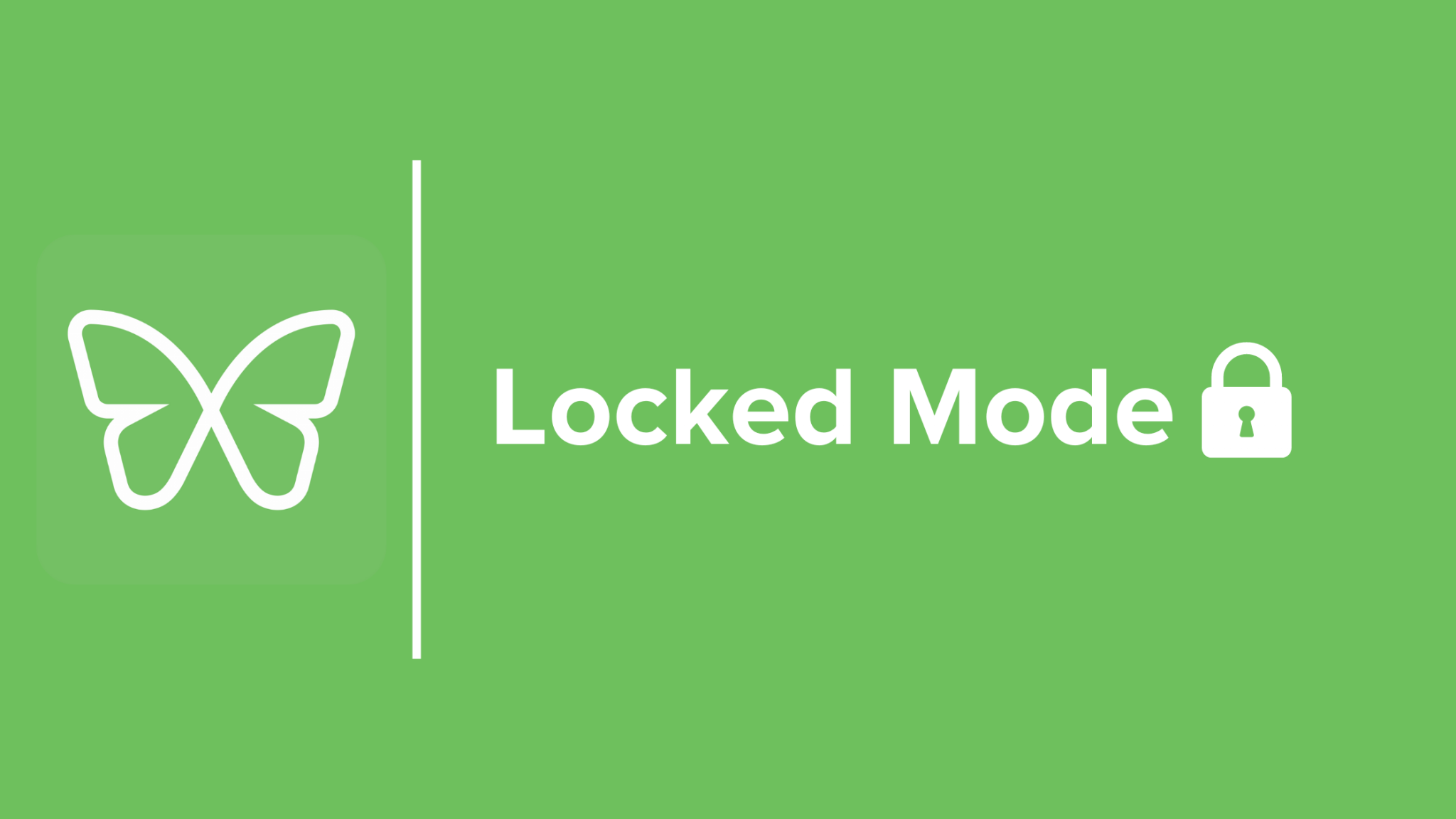Six Tools to Tackle Time Management and Procrastination

You’ve laid out your meticulously time-blocked calendar for the week; it’s a perfect schedule organizing work tasks, morning exercise, afternoon friend dates, and everything in-between. But when Monday morning comes, you find it harder than ever to tear yourself away from your morning Instagram scroll to start your new routines. When you sit down to work, you’ve somehow found yourself on Facebook Marketplace again. Procrastination: it’s the biggest obstacle to all our time management plans.
Although you know exactly what you need to get done, that isn’t enough to overcome the inner resistance to starting a task. But that doesn’t mean you have to succumb to the hours-long TikTok binges: today we’re exploring six strategies and tools to overcome procrastination.
What Causes Procrastination?
What’s going on in our brains that’s causing us to procrastinate? These blocks can look different for everyone, but by understanding why you struggle to get started, you may be able to overcome that mental obstacle smoothly.
- Perfectionism: Do you feel like if you can’t do something perfectly, there’s no point in trying? If you fear you will fail or make mistakes, this can paralyze you from even beginning your new routines or a challenging work project.
- Low Motivation: There’s plenty of things we have to do that may feel boring or meaningless, like washing dishes or writing up the monthly report. Without a clear sense of purpose or direct intention, it can be difficult to muster the motivation.
- Poor Impulse Control with Distractions: There are more digital distractions than ever: if you struggle to pull yourself away from the news, the TV, or social media, you may struggle with self-regulating your impulse control and choose short-term gratification over long-term priorities.
- Overwhelmed by Decision-Making: If you feel overwhelmed by a task, it can be difficult to decide how and where to start. In all the time you take trying to make the decision, valuable time ticks away.
Do any of these situations sound like you? Maybe you’re a mix of everything! In order to take down procrastination, take an introspective look into your thoughts and feelings. Try to identify some of the emotions you feel right before making the decision to procrastinate and journal about them. Identifying your reasons behind procrastination is a great first step. Once you have an idea, let’s take a look at a few strategies to overcome procrastination.
Chunking
You’ve written up a nice to-do list, but you find yourself too overwhelmed by the sheer range of things: you’ve got to pick up your kids from school, create a gym plan, and write up some work invoices. But don’t sweat, just try chunking, a psychological strategy to group information in small pieces to produce the desired outcome with less stress.
With chunking, you look at your giant list and find commonalities between particular tasks. Now you can create categories: think topics like Career, Personal Health, and Relationships. As you look at these categories, relate them back to your overall purpose. Reframe what feels like little tasks to stepping stones full of intention to advance you to a dream job, sustain your relationships, and dedicate quality time for yourself. As you feel more driven by a purpose, you’ll feel less stressed and more excited about everything you need to do. The final step is to take action, moving you closer to overarching goals that fill you with purpose and passion.
Getting Things Done (GTD) System
Created by author David Allen, there are five key steps to Getting Things Done. First, you Capture your whirling thoughts and write them down on paper, a planner, or an app.
Next, Clarify those thoughts into actionable tasks. If it’s something you can’t do, trash it or save it for later. Can any of those tasks be done in under 2-minutes, like sending an email or drying dishes? Do it right now! For other tasks, break them down into extremely clear actionable steps. Instead of writing Study, you may write “Study chapter 7 to prepare for Friday’s economics exam.”
The third step is to Organize all your tasks into categories that appeal to you. Maybe you’d rather keep your Personal and Work tasks separate. Perhaps several of these tasks are big projects that will require you to break down into smaller tasks. Create groups that make sense to you that will be easy to return to, even Groups like “Someday/Maybe” for items that you can return to in the future.
The fourth step is to Reflect. Every once in a while, revisit these categories. Do some of these items need reorganizing? Maybe you feel ready to accomplish a few of your Someday tasks! Perhaps you notice there’s so many tasks under Work that you’ve neglected Personal items completely.
Finally, it’s time to Engage and get things done! To get started, consider the time and energy you currently have. Low on energy? Send a few emails. High energy? Tackle a larger project. Don’t over rely on deadlines, but allow the concrete ones to guide your priorities too. Your system will guide you.
Autofocus
Fighting with low motivation or overwhelmed with the amount of things you need to do? According to Mark Forster, the best thing you can do is Autofocus. Make a list of everything you need or want to do from reading a fiction book to writing your next essay. Fill a page.Take a look at each item on your list. What feels the most appealing? Do that for as much time as you’d like and stop when you feel your motivation drop. Even if you haven’t finished that task, cross it off your list and re-enter it at the bottom of your list to take on later.
Your list of tasks may start bleeding onto a second page, but don’t start the second page until all the “stand-out” first-page items are completed. If you pass over an item that doesn’t stand out to you, like “deep clean the kitchen,” highlight it and move on to the next page. Don’t rewrite the item on your list: instead take a break for that task; it may be helpful to allow time to pass for you to reframe or break down the task before your re-enter. According to Forster, his motivation and productivity shot up when implementing Autofocus strategies.
Tools
Now that you have a few strategies on hand, does one appeal to you more than the rest? Give it a try for a week and see what happens! However, some of these strategies will be even more effective with the help of a few digital tools. Here are some of our favorites.
If you want to lay out all your projects and plans in bite-sized steps, ToDoist is one of the most popular time management apps right now. It’s known for striking a balance between streamlined simplicity and collaborative power with the ability to integrate with the majority of digital platforms. Its user-friendly design allows you to begin laying out tasks and projects, assign due dates, and integrate web links within minutes of opening the app. With the ability to place all your tasks under categories, this app makes it easy to follow the GTD and Chunking strategies. ToDoist has a basic free version, a Pro version for $4/month with extended features, and a Business plan for $6/month per member.
Sometimes our willpower isn’t enough to keep us from engaging with digital distractions. That’s where Freedom comes in with its customizable blocklists for sites and apps. Want to actually stick with your hour daily-limit of social media? You can block the apps and websites for 23 hours a day. Make as many blocklists as you’d like that include mixes of websites for “Morning Focus,” “Afternoon Creative Projects” that you can automatically schedule for select days of the week. The platform also includes free music and ambient sounds that sync up with 25-minute Pomodoro work sessions. You can try a few Freedom sessions for free before upgrading to a paid version that gives you more flexibility and access to features.
TogglTrack
If you want to meticulously track how much time you spend on your tasks, TogglTrack is a great free time tracking app with extensions across multiple internet browsers. It’s streamlined and straight forward: just enter your desired task, start the timer, and TogglTrack will keep an organized log of how long you spend on that task. It’s free for up to 5 users on the same platform, or begins at $9/month per user for more advanced features or larger teams.
Take Down Procrastination for Good
The next time you need to get something done and you feel the walls of procrastination beginning to rise, you can knock them right back down with these strategies and tools. Whether you struggle with putting away distractions, a fear of failure of making mistakes, or you just feel overwhelmed with the sheer amount of work you have to do, you can try out the GTD, Chunking, or Autofocus time management strategies with the help of tools like ToDoist, Freedom, and Toggltrack. In time, procrastination won’t be your problem anymore.
Written by Lorena Bally


